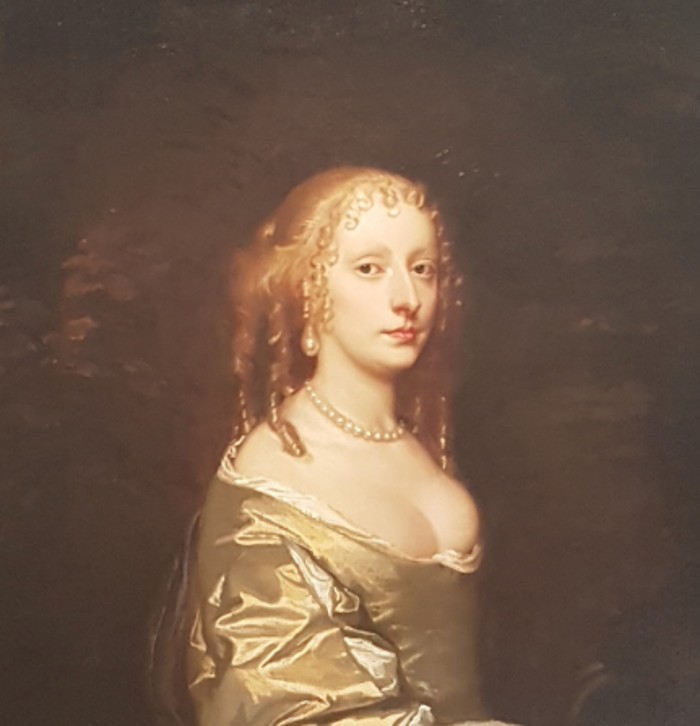
Elizabeth Wilbraham, 17th Century Architect
Believing erroneously that it was at worst illegal and at best un-ladylike for women to serve as architects, Elizabeth at age 19 persuaded her husband to take her on a year-long honeymoon, so she could be trained by Pieter Post in Amsterdam, Baldassare Longhena in Venice, and Gian-Lorenzo Bernini in Rome.
When she returned to England in 1651, she was one of only two proper architects in England, but she made sure to leave behind no paper that could incriminate her (hence very little documentation for historians). She was roughly contemporary with the celebrated female painters Artemisia Gentilleschi, Plautilla Bricci, Judith Leyster, Joan Palmer Carlile, and Mary Cradock Beale; composer Mary Harvey Lady Dering; sculptor Winifred Goldsmith; silversmith Alice Sheene.
In 1662, mathematics professor Christopher Wren asked her to train him in architecture, and whenever he had too much to do he would turn some over to her; hence, she designed 25 of “Wren’s” 52 London churches. She introduced Wren to Bernini in Paris in 1665.
She designed royal palaces, one of which contained the first ever sash windows in England (did she invent the sash window?). Over 30 of her houses contained elaborately carved staircase balustrades to her unique designs (see Metropolitan Museum, New York). Her 400+ buildings in a mixture of baroque and Palladian styles are in England, Wales, Scotland, Ireland, and a few each in America (including the College of William & Mary) and India (including St. Thomas’ Cathedral, Mumbai).
Elizabeth Mytton, Lady Thomas Wilbraham (1632-1705) – the world’s first woman architect.


